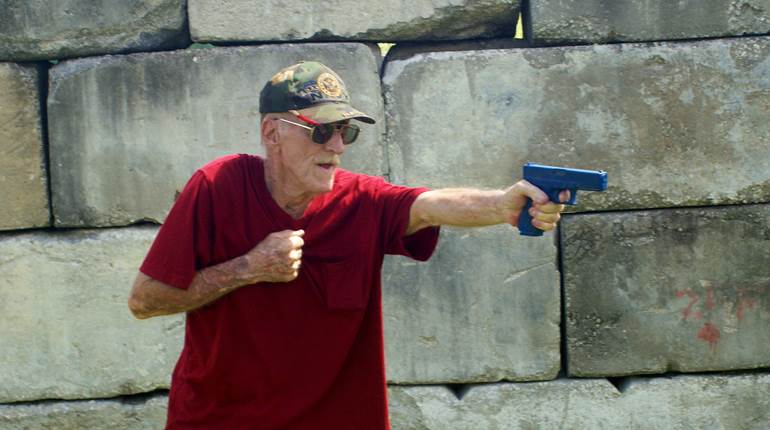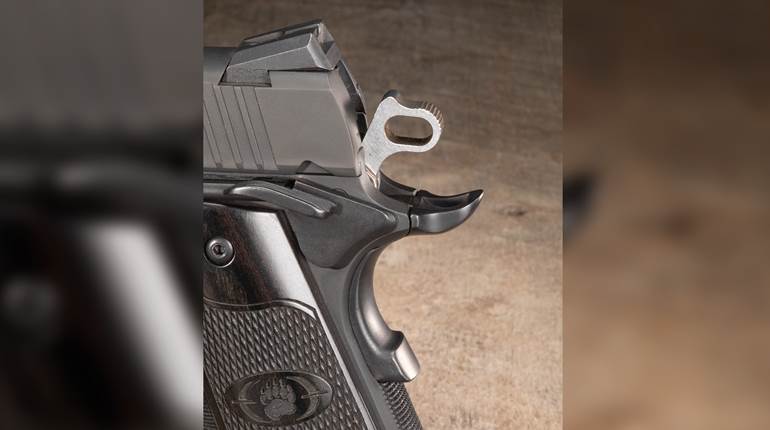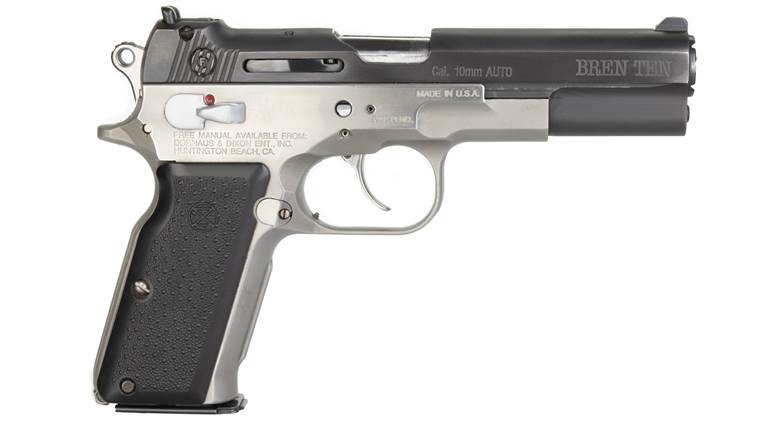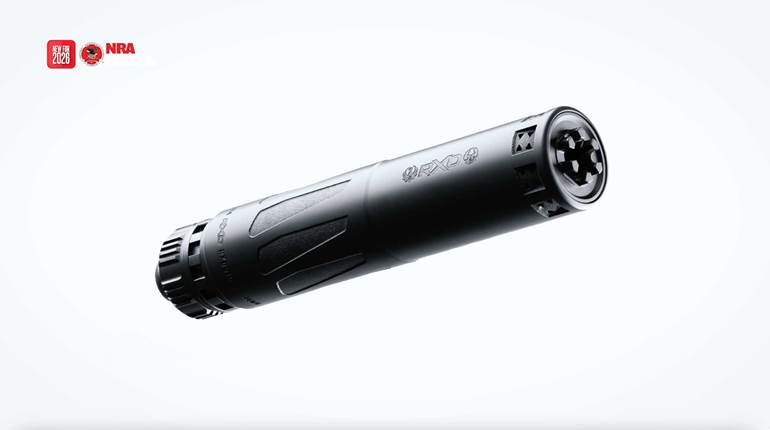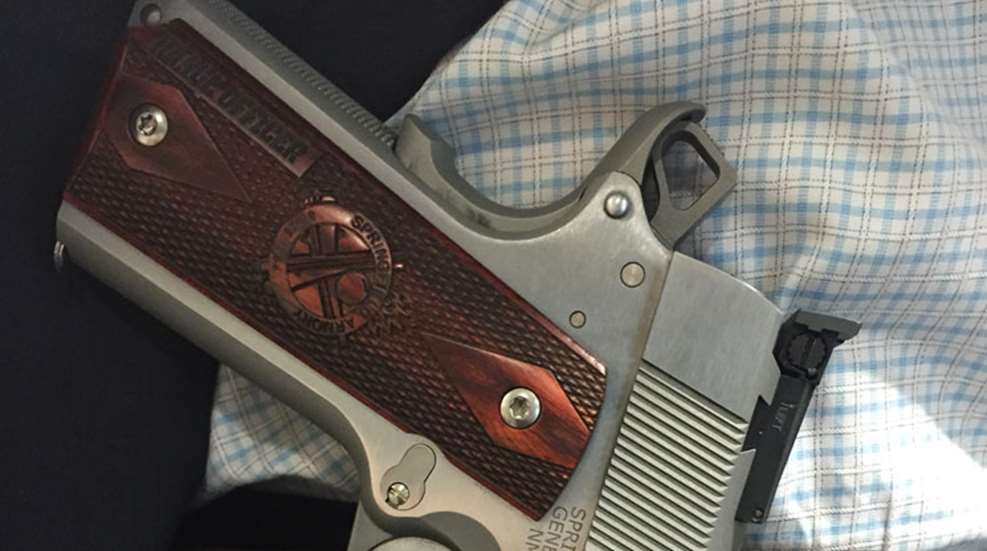
Some years ago, Col. Jeff Cooper, founder of Gunsite Academy and creator of the "modern technique" of handgun shooting, described the conditions of readiness for defensive use of the 1911 pistol as Condition One, Condition Two and Condition Three. They are described here, in reverse order.
Condition Three
In this condition the pistol contains a loaded magazine, the chamber is empty and the hammer is down. In order to fire the pistol, the slide must be cycled so that a cartridge is loaded into the chamber.
Condition Three is the method used by the U.S. military when the 1911 was the standard issue pistol. Due to the fact that relatively little training time was spent with the pistol, my guess is that our military believed this was the safest method. The downside of Condition Three is that it takes just a bit of extra time to get the 1911 ready to fire, which can be a bit disconcerting if one is already experiencing incoming fire. In recent years, this has also become known as the “Israeli Method” because Israeli police and soldiers who carry a single-action auto have adopted this carry method.
Condition Two
In this condition the pistol contains a loaded magazine, a cartridge loaded into the chamber and the hammer is down. In order to fire the pistol, the hammer must be cocked.
While I don't know of any agency or defensive school that uses this as a carry method, I have found it to be the best way for me to prepare my 1911 for placing it on the nightstand at bedtime. I have to be fully awake in order to remember that I need to cock the hammer before investigating a possible threat that has awakened me.
Condition One
In this condition the pistol contains a loaded magazine, a cartridge loaded in the chamber, the hammer is cocked, and the thumb safety is engaged. In order to fire the pistol, the thumb safety must be depressed, the grip safety depressed and the trigger pressed. This method is often called “cocked & locked.” It is the carry method most often used by police officers and armed citizens who carry a 1911 for personal defense.
To those who are unfamiliar with the 1911 pistol, cocked & locked looks very dangerous. In fact, however, it has proved to be a safe carry method because two mechanical safeties must be overcome and the trigger pressed before the pistol will fire.
Some say, “Yes, but it might go off accidentally.” Years ago, while gathering some cattle, the young horse I was riding decided to put on a bucking exhibition. Never having been much of a bronco rider, I had my hands full just staying in the saddle. My Colt Commander flipped out of my holster and rolled down a rocky hill. When the rodeo was over and I had recovered my pistol, I found that it was still cocked & locked. I have never worried about Condition One since.
In fact, I suspect that the U.S. Army required John M. Browning to add the grip safety to the 1911 out of concerns for the safety of their cavalry. The same probably goes for the lanyard loop that was found on the military versions of the pistol. If a trooper had to use two hands to control an unruly horse, he could just let go of his cocked auto and let it swing at the end of the lanyard until equine order could be restored.
If a person chooses to carry a 1911 pistol, I recommend that it be carried in Condition One because that is the method by which the pistol can be put into action in the shortest time. Having carried a 1911 pistol for nearly 50 years, I can assure you that it won't go off by itself. However, the most important consideration for new defensive shooters is to get proper professional training. Every defensive handgun system has its own unique manual of arms in order for the pistol to be handled safely and efficiently. A professional defensive training school will put a person on the short track to effective personal defense. When you take the time to get good training, you will find that the old 1911 still does yeoman’s work as a premier defensive handgun.












